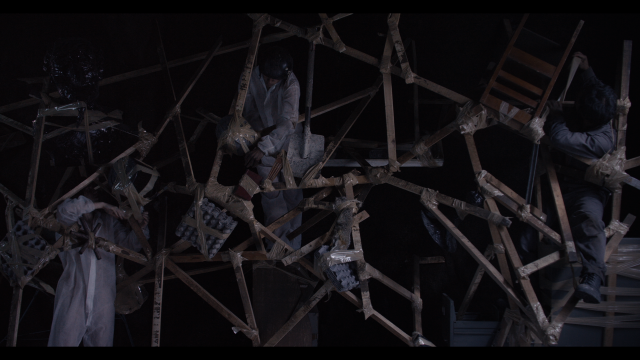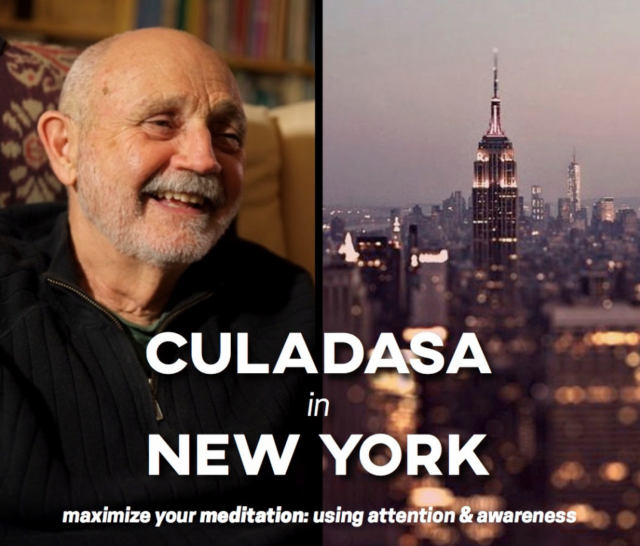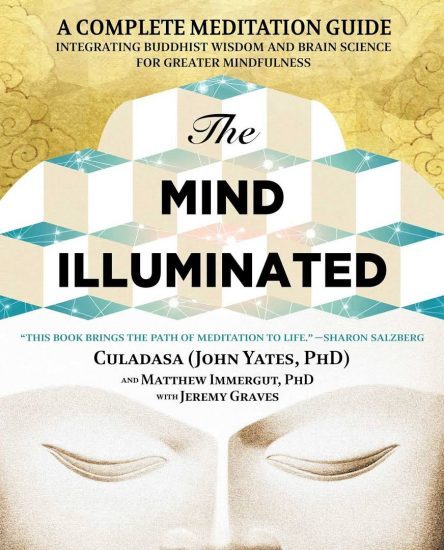WAVERLY MIDNIGHTS: SNOWPIERCER (Bong Joon-ho, 2014)
IFC Center
323 Sixth Ave. at West Third St.
Friday, January 27, 12:25 am, and Saturday, January 28, 12:05 am
Series runs Friday and Saturday nights through April 1
212-924-7771
www.ifccenter.com
www.snowpiercer-film.com
 Korean director Bong Joon-ho, who had a huge international hit in 2006 with The Host and a major critical success with 2009’s Mother, made his English-language feature debut with Snowpiercer, a nonstop postapocalyptic thrill ride that takes its place with such other memorable train films as The Great Train Robbery, From Russia with Love, The Train, and Murder on the Orient Express. It’s 2031, seventeen years after the chemical C7, which was supposed to end climate change, instead froze the earth, killing all living beings except for a group of survivors on board a train run by a perpetual motion machine. In the rear of the train, men, women, and children are treated like prisoners, beaten, tortured, dressed in rags, their only food mysterious gelatin blocks. Soldiers led by the cold-hearted Mason (Tilda Swinton) and the yellow-clad Claude (Emma Levie), whose outift brings virtually the only color to this dark, dank, deeply depressing setting, violently keep the peace as the two women heartlessly dictate orders and abscond with the children. But Curtis Everett (Chris Evans) and Edgar (Jamie Bell) hatch a plan to get past the guards and make their way to the front of the train in order to find out just what is really going on and to meet with Wilford, the wealthy entrepreneur running the engine. With the help of defiant mother Tanya (Octavia Spencer), elder statesman Gilliam (John Hurt), train engineer Namgoong Minsu (Bong regular Song Kang-ho), and Namgoong’s daughter, Yona (Go Ah-sung), Curtis attempts to lead a small revolution that is seemingly doomed to failure.
Korean director Bong Joon-ho, who had a huge international hit in 2006 with The Host and a major critical success with 2009’s Mother, made his English-language feature debut with Snowpiercer, a nonstop postapocalyptic thrill ride that takes its place with such other memorable train films as The Great Train Robbery, From Russia with Love, The Train, and Murder on the Orient Express. It’s 2031, seventeen years after the chemical C7, which was supposed to end climate change, instead froze the earth, killing all living beings except for a group of survivors on board a train run by a perpetual motion machine. In the rear of the train, men, women, and children are treated like prisoners, beaten, tortured, dressed in rags, their only food mysterious gelatin blocks. Soldiers led by the cold-hearted Mason (Tilda Swinton) and the yellow-clad Claude (Emma Levie), whose outift brings virtually the only color to this dark, dank, deeply depressing setting, violently keep the peace as the two women heartlessly dictate orders and abscond with the children. But Curtis Everett (Chris Evans) and Edgar (Jamie Bell) hatch a plan to get past the guards and make their way to the front of the train in order to find out just what is really going on and to meet with Wilford, the wealthy entrepreneur running the engine. With the help of defiant mother Tanya (Octavia Spencer), elder statesman Gilliam (John Hurt), train engineer Namgoong Minsu (Bong regular Song Kang-ho), and Namgoong’s daughter, Yona (Go Ah-sung), Curtis attempts to lead a small revolution that is seemingly doomed to failure.
Inspired by the French graphic novel Le Transperceneige by Jean-Marc Rochette and Benjamin Legrand (who both make cameos in the film), Snowpiercer is a tense, gripping thriller that unfolds as a microcosm of contemporary society, intelligently taking on race, class, poverty, drug addiction, education, and corporate greed and power. Evans (Captain America, Push) is almost unrecognizable as Everett, a flawed hero trying to make things right, followed every step of the way by cold-blooded killer Franco the Elder (Romanian star Vlad Ivanov of Police, Adjective and 4 Months, 3 Weeks and 2 Days). The film features splendid production design by Ondrej Nekvasil; each train car offers a completely different look and feel as Curtis heads toward the front, leading to a finale that is everything the conclusion to the Matrix trilogy wanted to be. Bong (Memories of Murder), who cowrote the film with Kelly Masterson (Before the Devil Knows You’re Dead), doesn’t shy away from violence in telling this complex story – of course, it doesn’t hurt that one of the producers is Korean master Park Chan-woo (the Vengeance trilogy, Thirst), who had just made his first English-language film as well, 2013’s Stoker. A fantastically claustrophobic chase film, Snowpiercer is screening January 27 and 28 in the IFC Center Waverly Midnights series “Global Warning: Nature Is a Mother,” consisting of films in which weather plays a key role; the series continues weekends through April 1 with such other climate-related works as Douglas Trumbull’s Silent Running, George Miller’s four Mad Max flicks, Ron Underwood’s Tremors, and Alfred Hitchcock’s The Birds.
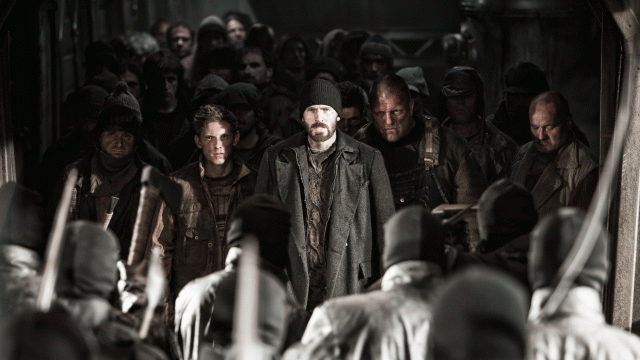
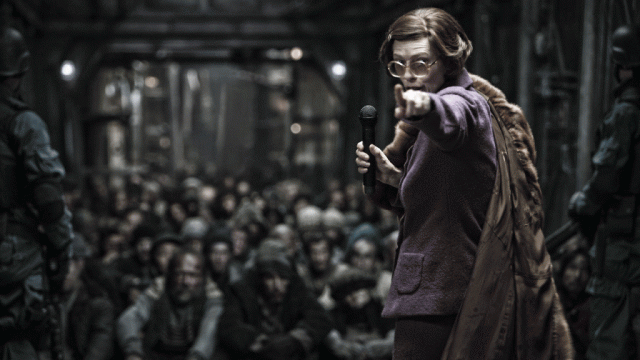
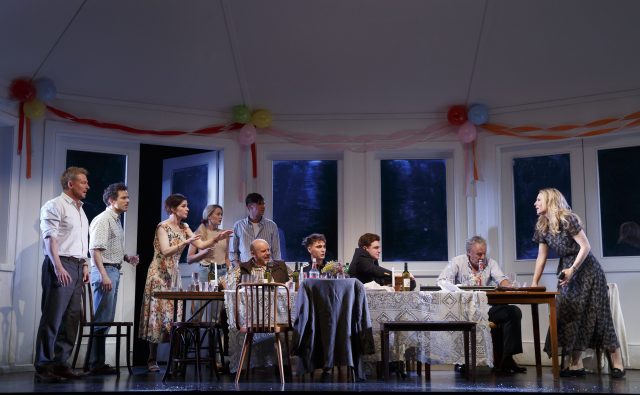
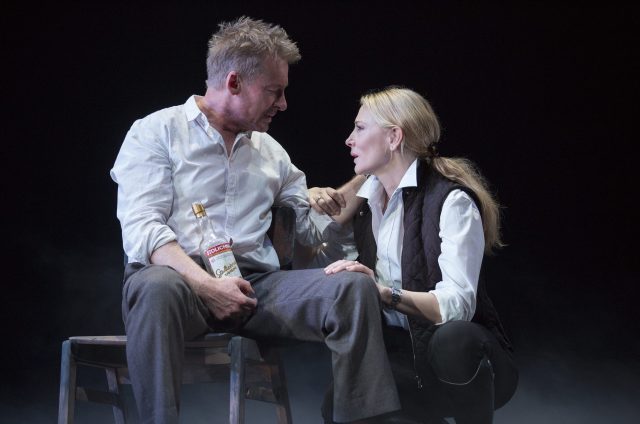
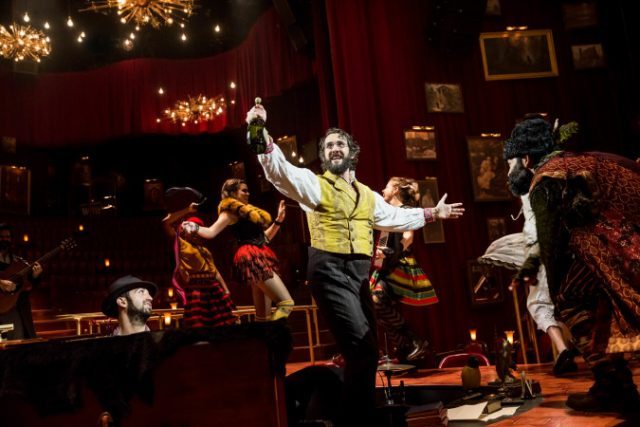
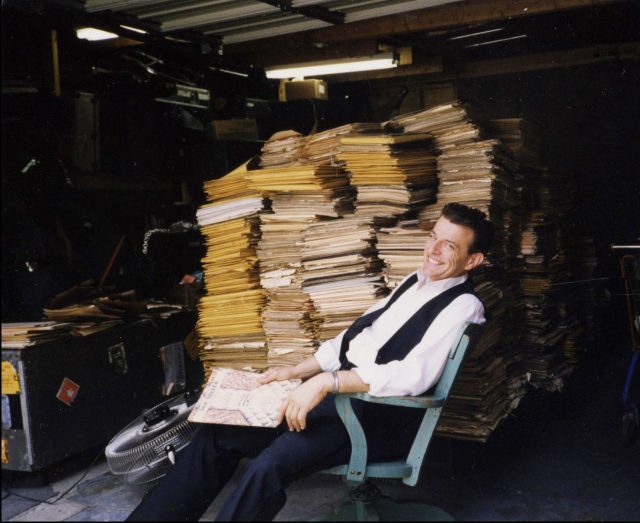
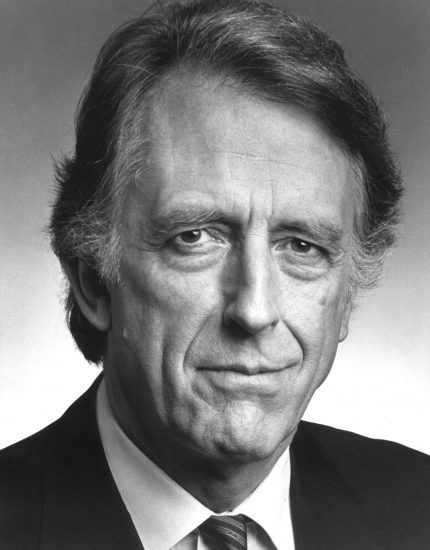
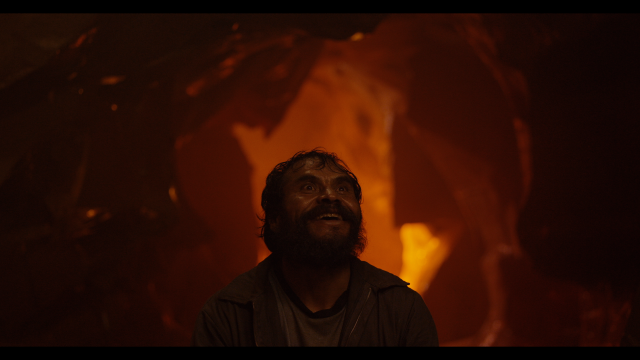
 In his debut feature, twenty-five-year-old writer-director Emiliano Rocha Minter paints a horrifying vision of modern-day Mexico in We Are the Flesh. The film, a hit at festivals around the world, takes place in a kind of surreal, postapocalyptic underground hellmouth ruled by lunatic ogre Mariano (Noé Hernandez), who is delighted when siblings Lucio (Diego Gamaliel) and Fauna (María Evoli) come stumbling into his lair. As the three of them build a bizarre womblike structure, they engage in taboo acts that can best be described as foul, vile, disgusting, putrid, and demented — as well as strangely beautiful and maddeningly erotic — luridly photographed by Yollótl Alvarado on eerie sets designed by Manuela García. Esteban Aldrete’s threateningly pulsating score is interrupted by moans, screams, and occasional songs, several of which transform into oddly beguiling music videos. Minter also edited the film, with Yibran Assuad, maintaining a steady, sinister pace in which the audience awaits the next bit of craziness with both gleeful revulsion and terrifying excitement. Dialogue is limited and eccentric but gets the point across: “You were chosen by chance,” Mariano says, “and remember that chance is the most dangerous criminal who has roamed the earth.”
In his debut feature, twenty-five-year-old writer-director Emiliano Rocha Minter paints a horrifying vision of modern-day Mexico in We Are the Flesh. The film, a hit at festivals around the world, takes place in a kind of surreal, postapocalyptic underground hellmouth ruled by lunatic ogre Mariano (Noé Hernandez), who is delighted when siblings Lucio (Diego Gamaliel) and Fauna (María Evoli) come stumbling into his lair. As the three of them build a bizarre womblike structure, they engage in taboo acts that can best be described as foul, vile, disgusting, putrid, and demented — as well as strangely beautiful and maddeningly erotic — luridly photographed by Yollótl Alvarado on eerie sets designed by Manuela García. Esteban Aldrete’s threateningly pulsating score is interrupted by moans, screams, and occasional songs, several of which transform into oddly beguiling music videos. Minter also edited the film, with Yibran Assuad, maintaining a steady, sinister pace in which the audience awaits the next bit of craziness with both gleeful revulsion and terrifying excitement. Dialogue is limited and eccentric but gets the point across: “You were chosen by chance,” Mariano says, “and remember that chance is the most dangerous criminal who has roamed the earth.”